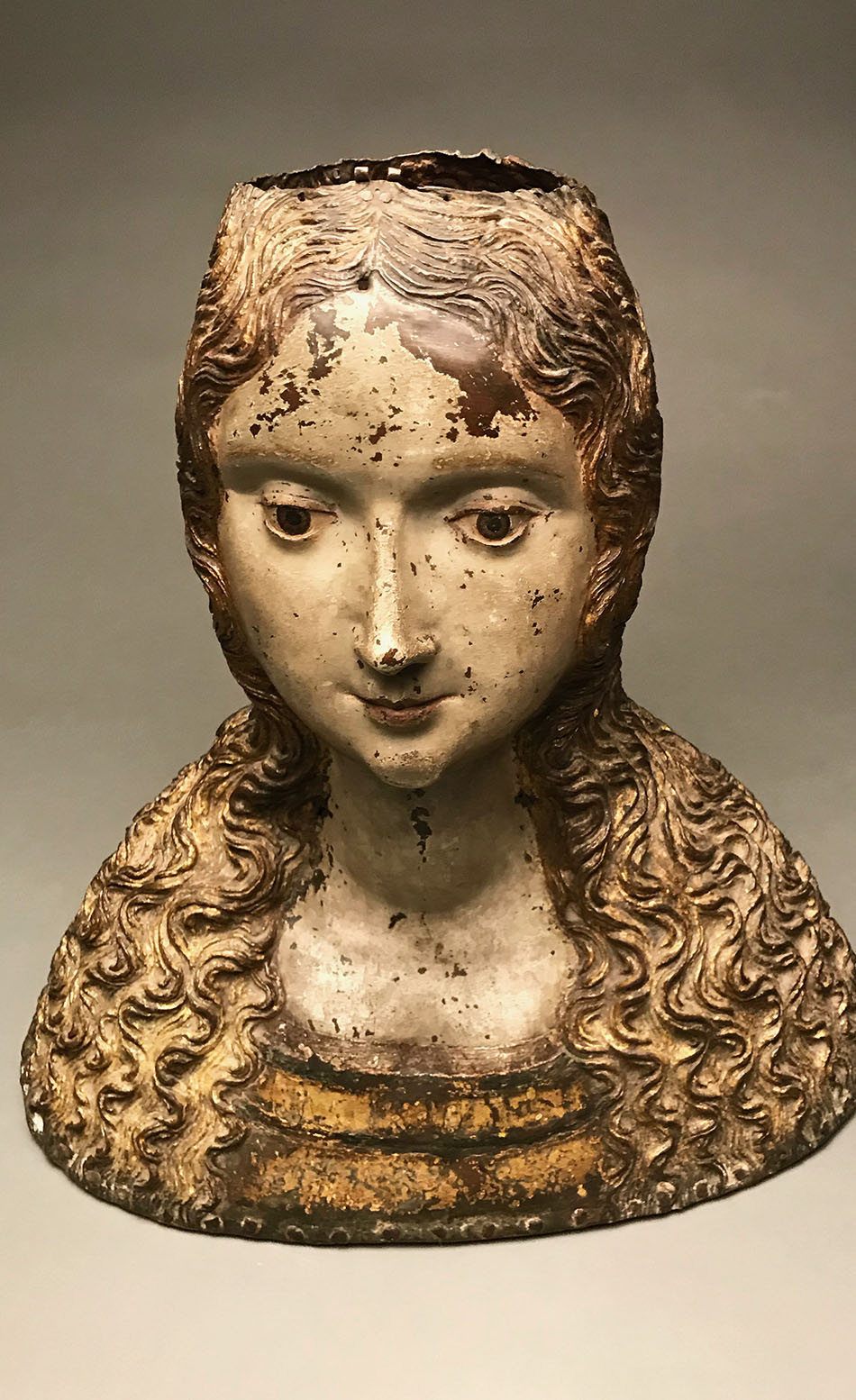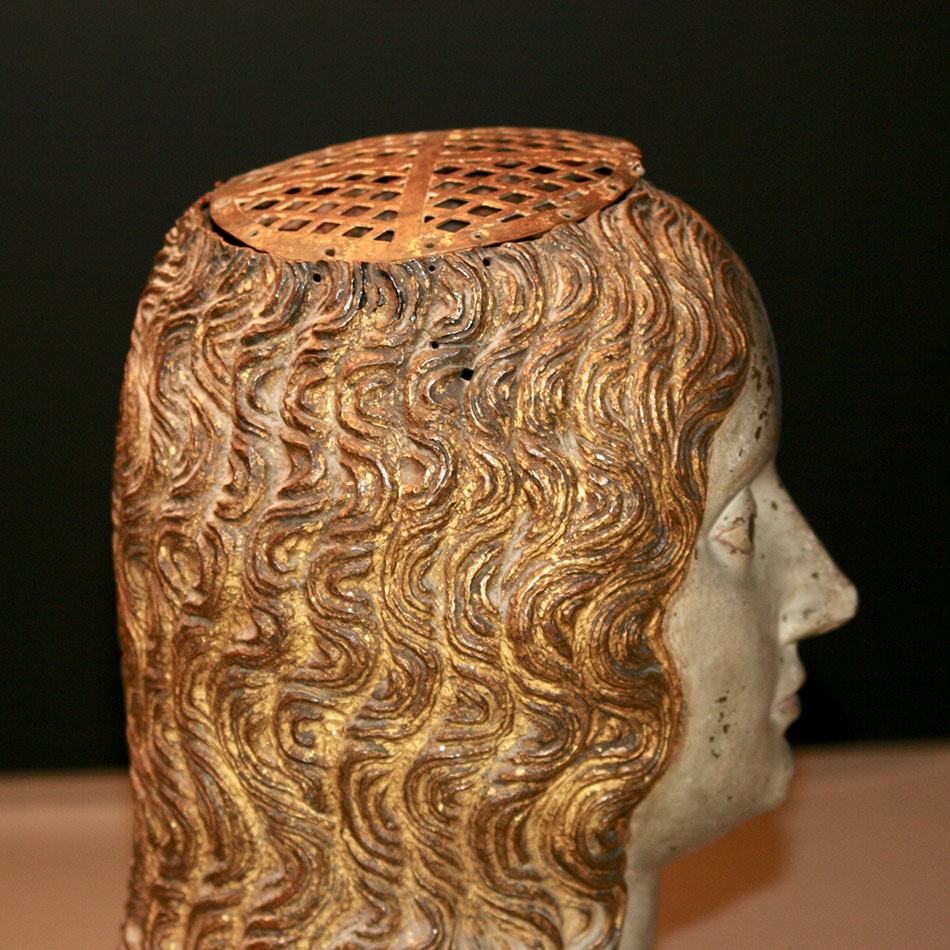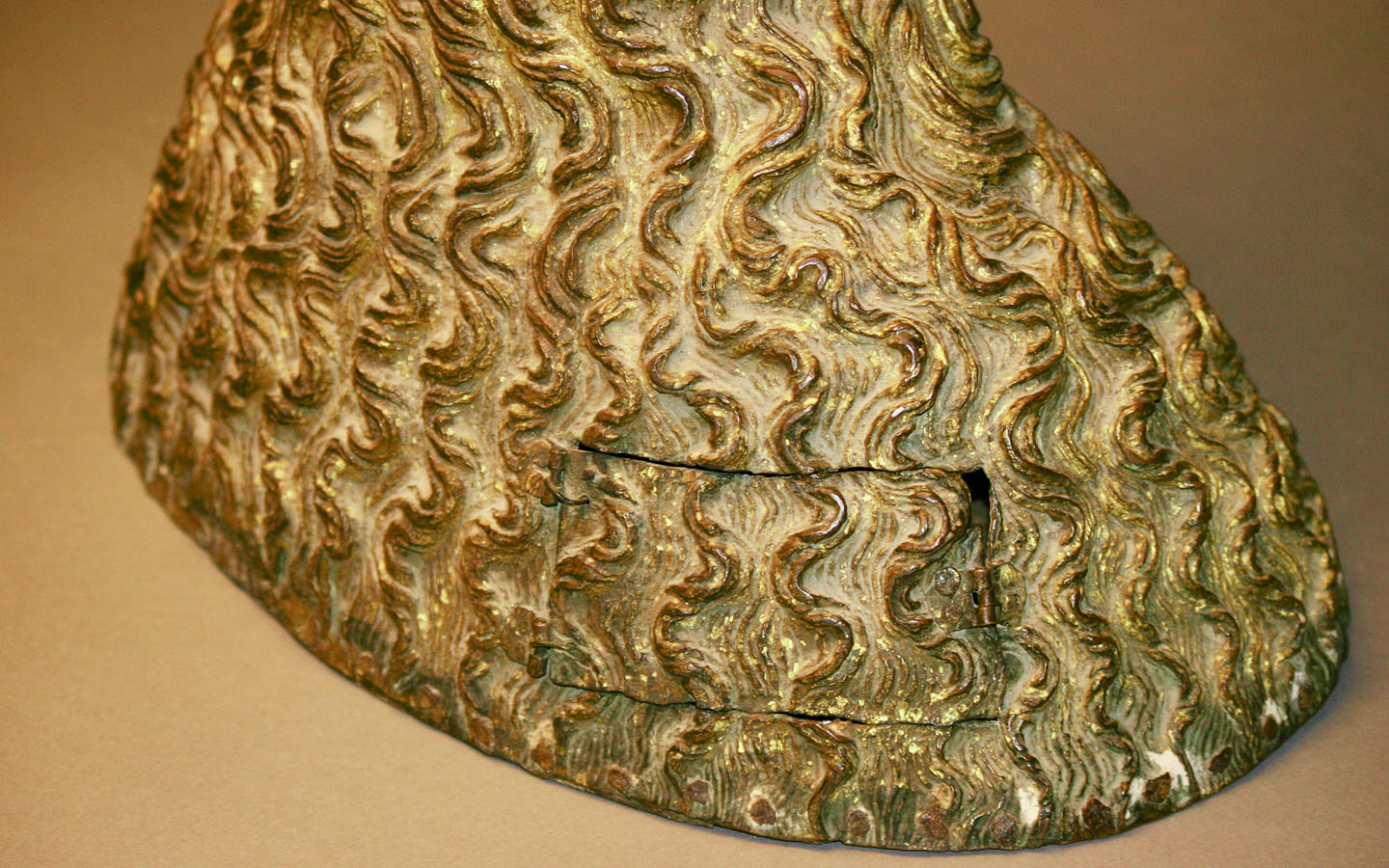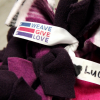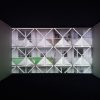Laura Richter
BA Honors | Art History
BIO
An Art History major from Portland, Oregon, I look forward to a career in art conservation, particularly working with paintings. During my undergraduate years, I have enjoyed applying my studies in Chemistry to analyze artistic materials, specifically identifying pigments in the Physics lab and also incorporating X-ray fluorescence examination into my senior thesis project. Following graduation, I will begin a dual MA/MS program at NYU, leading towards a MS in the Conservation of Historic and Artistic Works and an MA in the History of Art and Archaeology. I am interested in a variety of art, from ancient to contemporary times, but have always been especially drawn to the ritualistic and sacred quality of religious works. In my spare time, I love hiking, cooking, and traveling, especially when it involves visiting a favorite art museum.
ABSTRACT
In my thesis, I examine a fifteenth-century reliquary bust housed at the Snite Museum of Art. Without a specific identity, artist, or location, this work’s physical form and appearance serve as a basis for establishing its meaning and significance. Beginning with a discussion of materiality more broadly, I provide a close analysis of the materials and techniques of the piece. This information not only provides a picture of the history of the work and the decisions that undergird its creation, but also raises questions of how those materials and processes would carry associations and meaning to the medieval audience. I am especially interested in how reliquaries form connections both to earthly presence, through the remains of the saint, while also pointing towards heavenly glory. Within this piece, the painted surface provides a life-like quality that evidences an interest in individuality and interaction with viewers, while the luminous golden hair and permanence of the metal structure highlight supernatural characteristics. Particularly of interest, the gold coloration of the figure’s hair was formed from a copper alloy, known as Dutch (deutsch) gold or schlagmetal, highlighting the ideal of sculptor as metallurgist, purifying metals to their most brilliant forms. Similarly, the hammered copper form exemplifies the value of modelling or ductoria in crafting 3-dimensional works. Finally, I look at how these material discussions, through looking at the relation of the physical manifestation of the object to its surroundings and significance, provides us a context to appreciate and interact with the work today.
Online
Reliquary Bust of a Female Saint
Unidentified Artist
Polychrome copper repoussé | 18.24” h. | 15th century
